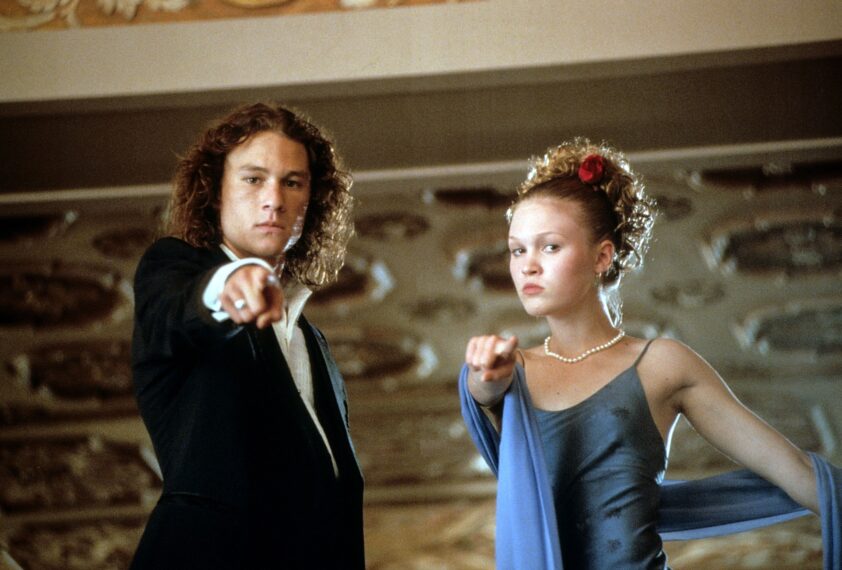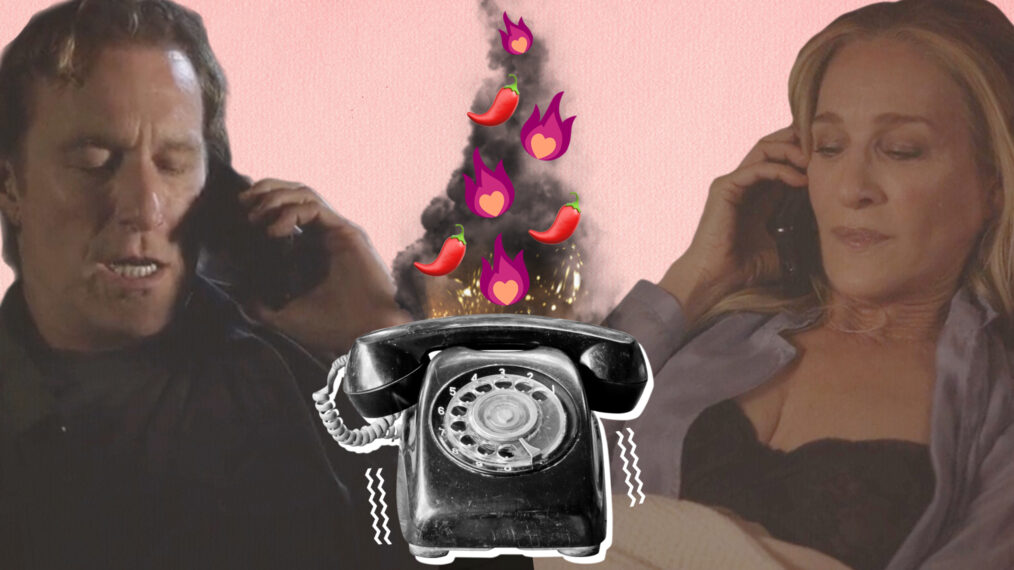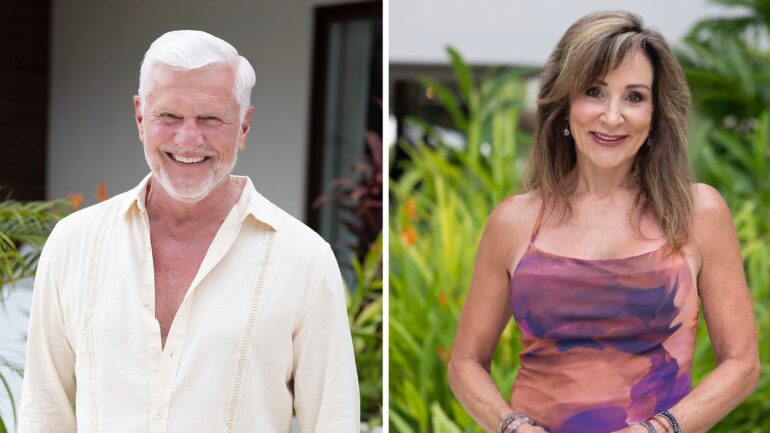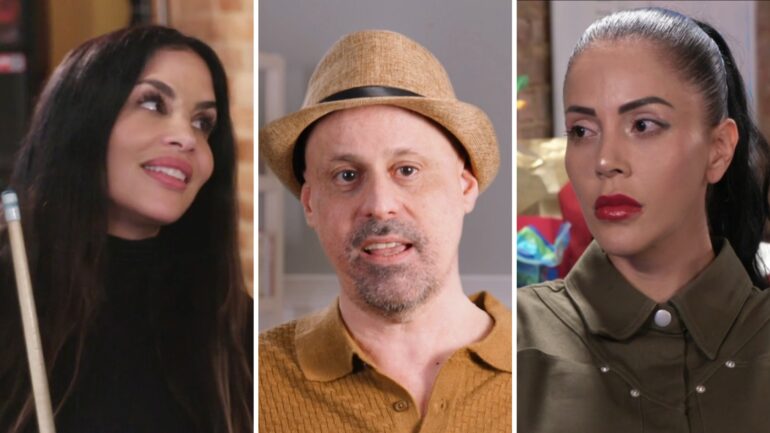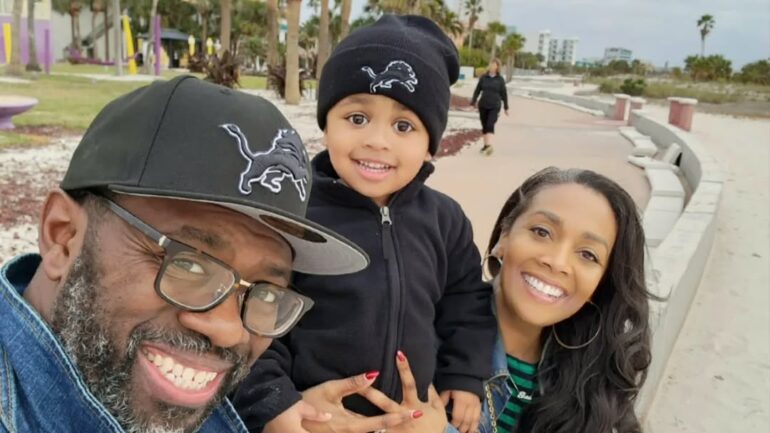Dating Trends
What Exactly Are Explorationships? An Investigation Into the Newest Dating Trend
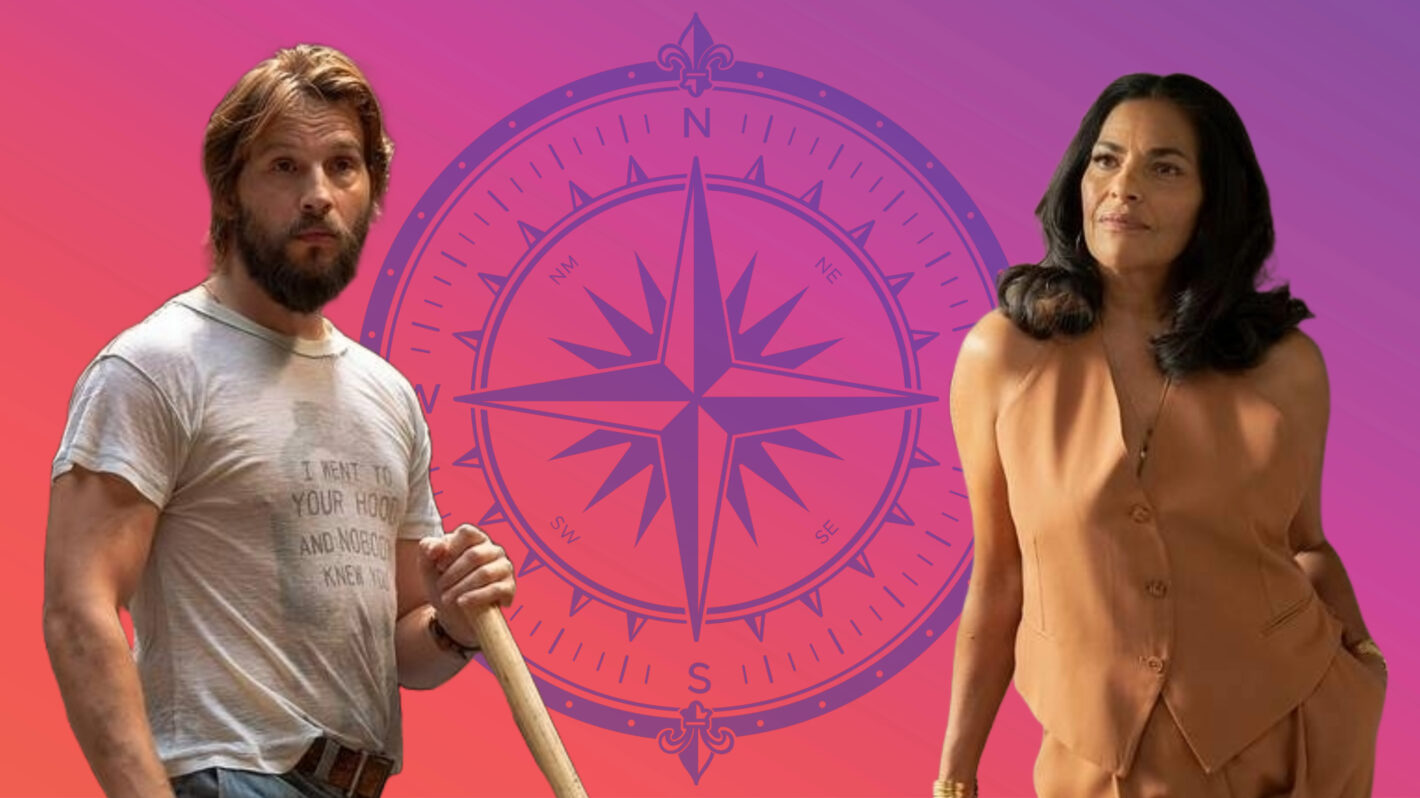
Welcome to the lawless, swipe-happy Wild West of dating apps. Here’s the lay of the land: Men using dogs as thirst traps, jokes about pizza being their second favorite thing to eat in bed, group photos that double as a round of “Where’s Waldo?” Every convo kicks off with the dreaded: “What are you looking for?”
The thing is… it depends. What we’re looking for changes, so we can’t just plug in a one-size-fits-all answer—even though dating apps now offer a dropdown list with everything from “casual” to “life partner.” What we want can hinge on how cute you are, how emotionally available we feel this month, and whether our bestie just got cuffed.
Basically, we want to explore what this could be. We want an explorationship. Gasp! Did we just coin that? Sadly, no. But we are absolutely here for it.
Swooon spoke to Monica Lynne, a resident sex and relationship expert at the dating app Flirtini, about what exactly an explorationship is, how to ethically exist in one, and when it’s time to Define The Relationship (DTR).
Where were explorationships in our favorite rom-coms?
Imagine if Patrick Verona (Heath Ledger) and Kat Stratford (Julia Stiles) had an explorationship. He gets paid to take her out, they makeout behind the bleachers, moody mixtapes are exchanged, but they never put a label on it. The final poem becomes “10 Mixed Signals I Resent.”
Explorationships could’ve saved Harry (Billy Crystal) and Sally (Meg Ryan), too. They keep things “casual” while sharing bagels, ovulation calendars, and emotional meltdowns. Instead of diving straight into a relationship — or pretending they’re just friends — they could’ve existed in the magical grey area between talking and dating.
That’s what an explorationship is: The flirty, liminal space where you’re more than talking but not quite official. It’s the meet-cute with emotional ambiguity. It’s the soft launch with a shared Google Calendar.
Why do we need explorationships now?
The lack of explorationships in our favorite rom-coms is giving the same energy as skipping realistic foreplay before a sex scene — or skipping the part where they pee in front of each other for the first time and feel ridiculously proud of their intimacy. (Sorry, firmly on Team Pee With The Door Open over here.)
And begrudging the lack of explorationships in dating is kind of like how Boomers claim no one was queer or mentally ill back in their day (aka OH WE WERE, but we had to do it all in silence and shame.)
“We have always needed explorationships,” Lynne explains. “The reason the divorce rate is high, and the unhappiness rate among non-divorced couples is high too, is because we’ve failed to emphasize the importance of exploring before committing.”
She adds, “Our cultural messaging is at fault for not recognizing the importance of exploring oneself and multiple partners rather than committing to the first one that comes along or is deemed compatible on paper. Learning through experience what you do and don’t want is vital to building growth and understanding of oneself.”
According to another dating app, Flure, more than half of Gen Z says traditional dating feels outdated (correct), and 42% would rather meet new people without slapping a label on it. They want to explore without the pressure to decide just yet. Because some people are great to date but don’t align with your life plans, whether that’s marriage, kids, living abroad, or waking up early on a Sunday morning to go for a couple’s run.
Are we exploring, or are we just scared?
It’s true that explorationships aren’t quite embedded in our collective vocabulary just yet, but they’ve been around. They’re like a situationship, only both camps are on the same page and looking to get something out of this, rather than just avoid something.
Often, when someone says they’re looking for a long-term relationship, it can feel a little odd, as if they’re searching for a concept rather than the right person. In that case, an explorationship acknowledges that we’re both here, open, and seeing what comes.
But to play Devil’s Advocate — or one of those mean TikTok commenters — are we just avoiding commitment? Is this like our need for 30-day return policies and monthly subscriptions over annual? We asked Lynne.
“The need for explorationships is far from negative and not rooted in a fear of commitment,” she explains. “Exploration is a mature, responsible way of figuring out what one’s genuine desires are, what types of people and relationships create fulfillment in their lives, and an avenue to avoid hurting others by entering a level of commitment prematurely.”
Basically, what’s worse: Living in the limbo of exploring, or believing someone is all-in with you, only to have them suddenly end it? This writer has unfortunately experienced the latter and can confirm — it sucks. To the extent that she’s writing this with poorly dyed pink hair and a Pinterest tab open for tattoo ideas.
How to ethically explore this explorationship together
Don’t worry, we’re not about to preach the wonders of ethical non-monogamy. You get enough of that on TikTok. (To each their own, of course!) We just want to know how to explorationship without turning into a f**kboy — or becoming the victim of one. (F**kboy being a gender-neutral term, obviously.)
“Transparency and honesty are the answers to almost all relational questions,” Lynn shares. “When differences come up, the ability to hear, reflect back what we hear, and explore the gaps is what will allow us to remain on the same page in ways that contribute to positive relational experiences.”
*Like Lynne said, stay open and transparent throughout. You don’t need to organize weekly check-ins, but turn that post-hookup pillow talk into a little reflection. You don’t need to sit down and BE SUPER SERIOUS AND ASK WHAT ARE WE? But you can ask what they feel they’re still missing, what they like most about this dynamic, what they appreciate about your differences, etc.
*Ask yourself those questions, too. What do you actually want in a partner? What signs would tell you you’re ready to progress?
*Also, explore your options. As anxious girlies, we know it’s hard to imagine your partner with someone else, but remind yourself that this is your time to explore, too. Decide with your fellow explorer how you want to tackle communication and boundaries. And if it turns out this dynamic doesn’t work for you? That’s okay, too.
*So, when should you DTR? “When we feel confused, vulnerable, or precarious, that’s a sign to initiate a conversation to establish some mutual understanding of what feels like a good fit for the relationship at this time,” says Lynne. “Then negotiate as necessary.”
*Spend time together, but also apart. If you’re spending everyday together and also texting all day, you’re not exploring — you’re in a relationship, label or not. An explorationship isn’t just about avoiding a label; it’s about actively working out what you want. That’s not to say you should play games or not spend quality time together, as you’re working out whether you both are a fit.
*Put the fun back in dating. Meeting potential partners shouldn’t feel like a chore. If it does, maybe you need a break (yes, that’s allowed — it’s called being single!) or maybe you just need to reintroduce the fun. Try new kinds of dates, shift your energy, stop looking for “The One” and start looking for “someone I like right now.”
*And intimacy? That’s up to you. Whether it happens on the first date or the fifth, the key is to trust how you feel, and lead with sexy consent and communication.
Real daters on explorationship energy
We asked daters how they’d feel about someone putting “exploring” as their intention on a dating app or expressing that early on. The majority? Less than impressed. (*Denotes a different name used.)
“If their prompts expand on it a bit more—like if they express something that does feel like they’re open to [long-term], I’d consider it,” says Kelly*, 21. “But not really. A lot of guys will say short-term only or mention looking for fun, and it’s just an immediate no for me.”
Sally*, 33, shared that other factors mattered more. Wanting kids and living nearby came before dating intentions. “As soon as they mention casual, I interpret that as less committed,” she says. “While ‘open for anything’ means we can still see what’s going on. I’d just make it clear that I’m looking for something and not open to casual.” She describes it as dating on her terms: “If I wanted a friend, I could find a friend.”
For Zara, 27, she had “casual” on her profile. “It was more about not wasting someone’s time. If someone wanted a relationship and I wasn’t in that place, I wouldn’t swipe right on them—I’m not trying to convince you to lower your standards or change your mind lol.”
That said… one of those casual matches turned into a three-year relationship. So, maybe that was just an explorationship gone really right?
Oscar*, 26, hates the need to define things so early: “It makes me feel like the other person wants a relationship more than they want me. Whenever I’ve had that doubt, I end up regretting it—we’re usually incompatible and someone gets hurt.”
Explorationships aren’t a cop-out. They’re not a euphemism for ghosting or breadcrumbing or having someone on deck until your ex comes back. They’re an intentional space to figure out what you want, what works, and who makes you feel your best, without rushing to slap a label on it.
So, if you’re not sure whether you’re dating or just vibing, here’s your permission slip to be in the both/and phase. Just keep it kind. Keep it clear. Keep it hot. And remember: You can be emotionally available and exploring. Sexually interested and slow-paced. Unattached and still deserving of respect. It’s your love life, and you get to decide what it looks like.
Now go forth and explore, queen.

